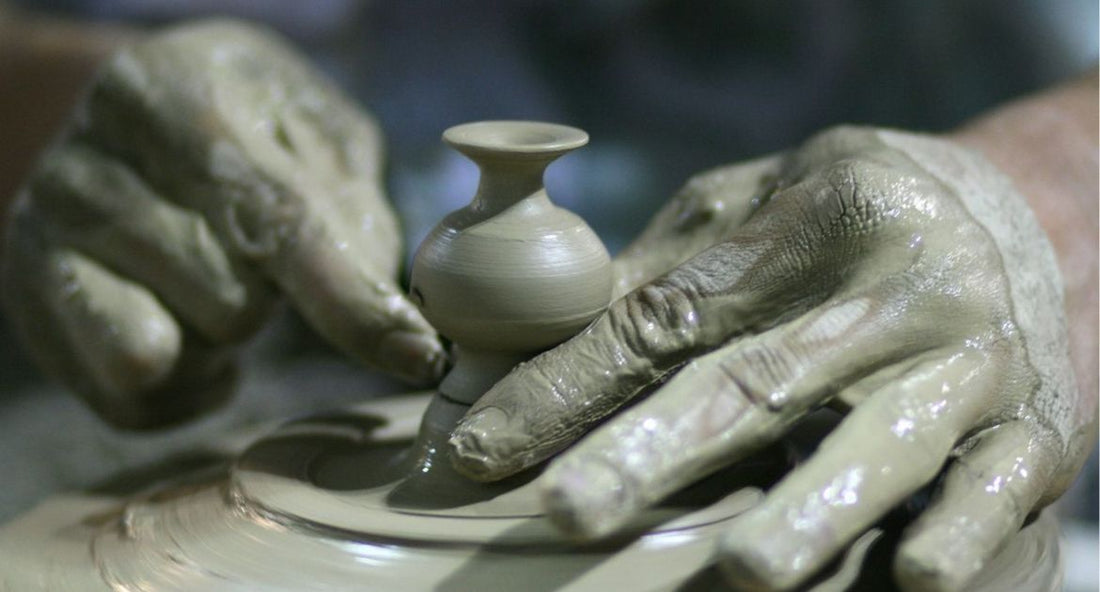
Ceramic vs. Porcelain: What's the Difference?
Have you ever wondered about the difference between a ceramic vase and a porcelain teacup? While they might look similar, these two materials have distinct properties that make them suitable for different uses. Understanding the fundamental differences between ceramic vs. porcelain can help you appreciate their unique qualities and make an informed choice when buying decorative pieces or functional tableware.

The Core Difference: Ingredients and Firing Temperature
The main distinction between ceramics and porcelain lies in the type of clay used and the temperature at which they are fired.
Ceramic (Earthenware)
Ceramic, particularly earthenware, is made from a coarser, less refined clay. It is fired at a lower temperature (around 1,800°F to 2,000°F). This lower firing temperature results in a porous material, which is why ceramic pieces are often glazed to make them waterproof. Ceramics are known for their rustic, earthy feel and are often used for decorative items like planters, vases, and rustic tableware.
Porcelain (Stoneware and China)
Porcelain is made from a highly refined white clay called kaolin. It's fired at a much higher temperature (above 2,200°F), a process that makes it incredibly dense, non-porous, and durable. This is why porcelain is often used for fine dinnerware, tiles, and sanitary ware. It has a smooth, glass-like finish and is known for its translucent, delicate appearance.
Key Characteristics and Uses
Strength and Durability
Due to its high firing temperature, porcelain is significantly stronger and more resistant to chips and cracks than earthenware. It can withstand high heat, making it perfect for both ovens and dishwashers.
Water Absorption: Because it's non-porous, porcelain absorbs virtually no water, making it a great choice for items that hold liquids for long periods, like teacups and mugs.
Aesthetic Appeal
Ceramics often have a more handcrafted, rustic look with a softer feel and a wider range of colors and textures. Porcelain, on the other hand, is valued for its pristine white color and elegant, smooth surface. It often has a more formal or refined aesthetic.
Weight: Porcelain pieces are generally lighter and thinner than their ceramic counterparts, despite being stronger.
Which One Is Right for You?
Your choice depends on your needs. For a durable, everyday mug or fine dinnerware, porcelain is an excellent choice. But for a unique, artful piece that adds character and warmth to your home, handmade ceramics are a fantastic option. Both materials offer their own unique beauty and charm, each telling a different story of earth and fire.
